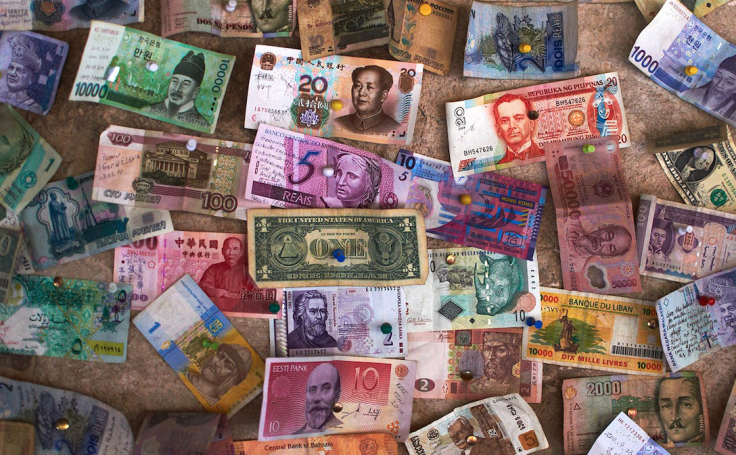Cancer Rates By Country Expose Effects Of Income Inequality; Poor Countries See More Cases Than Rich Countries

Varying cancer rates throughout the world may be based on income, finds a new study published in the journal Cancer Epidemiology, Biomarkers & Prevention. Researchers have found a clear pattern — cancer rates are on the decline in higher-income countries, but steadily rising in lower-income countries.
For the study, researchers examined data from the International Agency for Research on Cancer, which included data on cancer rates from 2007. Next, they turned to the World Health Organization's Cancer Mortality database to collect death rates by country from 2012. Researchers were able to collect enough information on eight major kinds of cancer from 50 countries — breast, prostate, colorectal, lung, esophageal, stomach, liver, and cervical cancer.
In the end there were 15 million new cancer cases worldwide, along with 8.2 million cancer-related deaths. "This gives us important clues about the epidemiology of cancer and gives us some ideas about what we could further investigate to improve global public health," the study authors said.
The data gave experts insight into how cancer rates develop in different countries. Researchers hope that now the curtain has been pulled back on the health disparities in different countries based on income levels, available cancer screenings, and intervention methods. However, the study was not without its limitations. Some of the countries included didn't require all of their citizens to register deaths, partially skewing the overall mortality rates.
According to the Dana-Farber Cancer Institute, the United States had the sixth highest number of new cancer diagnoses in 2012, which is why cancer is often considered a disease limited to the wealthy — but that's not the case when countries diagnostic and death rates are compared side by side. Global cancer incidence rates reveal that roughly 70 percent of cancer deaths occur in low- and middle-income countries.
Even though citizens of high-income countries like the U.S. are being diagnosed with more cancer, it doesn’t mean they’re dying from said cancer. Lower cancer rates albeit higher death rates in other countries could either mean its citizens are not getting screened properly or frequently enough, or it could be a matter of the quality of cancer treatment. A recent 2015 study published in the journal The Lancet Oncology suggests it may be the latter.
Over 75 percent of people with cancer throughout the world have no access to safe surgery. Improving training programs for cancer surgeons could cost the global economy roughly $6 trillion by the year 2030. Put it another way: By the end of 2015, more than 80 percent of the 15 million people diagnosed with cancer will need surgery, but less than a 25 percent will receive proper, safe, and affordable surgical care.
"With many competing health priorities and substantial financial constraints in many low- and middle-income countries, surgical services for cancer are given low priority within national cancer plans and are allocated few resources," said the study's lead researcher Richard Sullivan, a professor at the Institute of Cancer Policy at King's College London, in a press release. "As a result, access to safe, affordable cancer surgical services is dismal."
Sullivan believes educating policymakers, patients, and the general public is key to bridging the gaps in global cancer care. Surgery can oftentimes control cancer, if it doesn't cure it altogether. With nearly 300 different surgical procedures available as treatment options, researchers' next step will be to implement a plan that makes quality cancer care readily available for all global citizens, not just the countries that can afford it.
Source: Cancer Epidemiology, Biomarkers & Prevention. 2015.
Sullivan R, Alatise OI, Anderson BO, et al. Global cancer surgery: delivering safe, affordable, and timely cancer surgery. The Lancet Oncology. 2015.



























